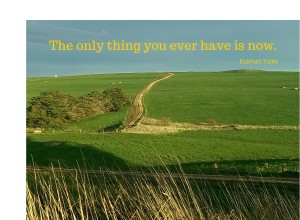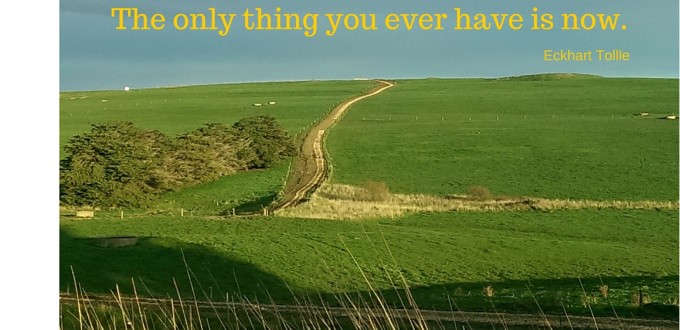 If we are “supposed to be” perfect in the moment how do we change ourselves and the world for the better?
If we are “supposed to be” perfect in the moment how do we change ourselves and the world for the better?
This apparent paradox is the old question of Being vs Doing. Wisdom calls for us to accept things as they are and at the same time we know that we want to change things. How can this be achieved? I have to say that I pondered this over for several years and the answer seemed to be there, like it was hanging in space, but I could not grasp it. I have since realised that I was trying to understand a “big picture’ concept using the “small detail” part of my mind. I will explain……
I was inspired to understand the “answer” to this paradox, about 4 years ago, by a person who comes to see me. At that stage I had seen him a few times and one day, when I asked him what changes he was noticing with the Network Chiropractic Care, he said that there was a paradox (I don’t remember what the particular paradox was) that he had been searching for an answer to for many years and in the previous week he had finally understood it.
The crucial thing I noticed was that when he said the words “in the previous week I have finally understood it”, he changed his posture to a slightly more erect one and tilted his head back a little. Clearly he had found the resolution of his paradox by accessing his “big picture” mind. The Network care he had received had made a new higher level posture more available to him and had contributed to his being able to achieve this insight.
Most people who experience Network Care become aware of positive changes to their posture and often describe it using such words as “feeling taller”, “more connected”, “more grounded”, “more powerful”, “more feminine / masculine”, “more at ease”, and many other positive descriptions.
An aspect of the change in posture is the position of the person’s head becoming level, or slightly tilted up, (their eyes look straight ahead) rather than tilting down (to look at the ground in front of them). It is proven that we access a different part of our brain depending on the posture of our head.
The tilted down posture gives more access to our busy mind, where we focus on practical detailed tasks and where we think more about our “problems”. In Network we call this the Lower Mind. The level or slightly tilted up head position accesses more of our Upper Mind. This is where our “big picture” thinking occurs.
As an experiment try saying the words, “feeling taller”, “more connected” etc. that are in the paragraph above; first with your head down looking at the floor in front of you, then standing straighter, looking ahead and notice the difference in how you feel inside. Then try saying a few words like “I’m hopeless”, “I never get things right”, “it’s all his/her fault” (you can make up more it you want – we all have/have had plenty) using the two different postures. In the upright posture some of the “negative” thoughts may even sound silly.
The Upper Mind is where we access our creativity and philosophical ideas. Here, you will notice, answers tend to come in moments of clarity or “Ah Ha’s” as opposed to the detailed logical progression of the Lower Mind’s processes. Our Lower Mind’s thoughts tend to be much more influenced, mostly unconsciously, by our physical and emotional injuries.
This doesn’t make the Lower Mind bad or something to “get rid of” – it’s a wonderful, essential part of our make-up as a human being. But it’s important to realise that with Network Care we gain greater access to our Upper Mind and therefore have more choices about which aspect of our mind we use in different situations.
Imagine writing a shopping list for a special meal you want to create. You tend to use your Upper Mind to get a “big picture’ of the combination of dishes you would like to serve and how you will present them, then you switch to your Lower Mind to think about the ingredients you have in the cupboard and which ones you will have to buy etc. i.e. the details. You might notice yourself switching back and forth between your Upper and Lower Minds to check that the details and the big picture are congruent.
Now, back to the Being Vs Doing paradox. I agree with Eckhart Tolle who says:
“The power for creating a better future is contained in the present moment: You create a good future by creating a good present.”
When we talk about being in the present moment, we are describing the act of gathering our attention and energy in the here and now, focusing on what is around us and what is happening in our life right now in the moment.
So if you are drinking a cup of coffee, you are noticing the flavour and temperature of the coffee and the feel of the cup in your hand; if you are reading this article, you are focusing fully on these words; if you are listening to a friend, you are giving all your attention to him or her and not looking at your phone or allowing your thoughts to wander.
You cannot live in this world without doing. As you further develop the art of being fully present in the moment, then everything you do will become more purposeful and meaningful.
The important message to remember is that by being fully present in each and every moment, you will be able to do your very best work and accomplish your full potential. Learn how to be first, and then your best doing will follow……..and the paradox will disappear!

Leave a Reply